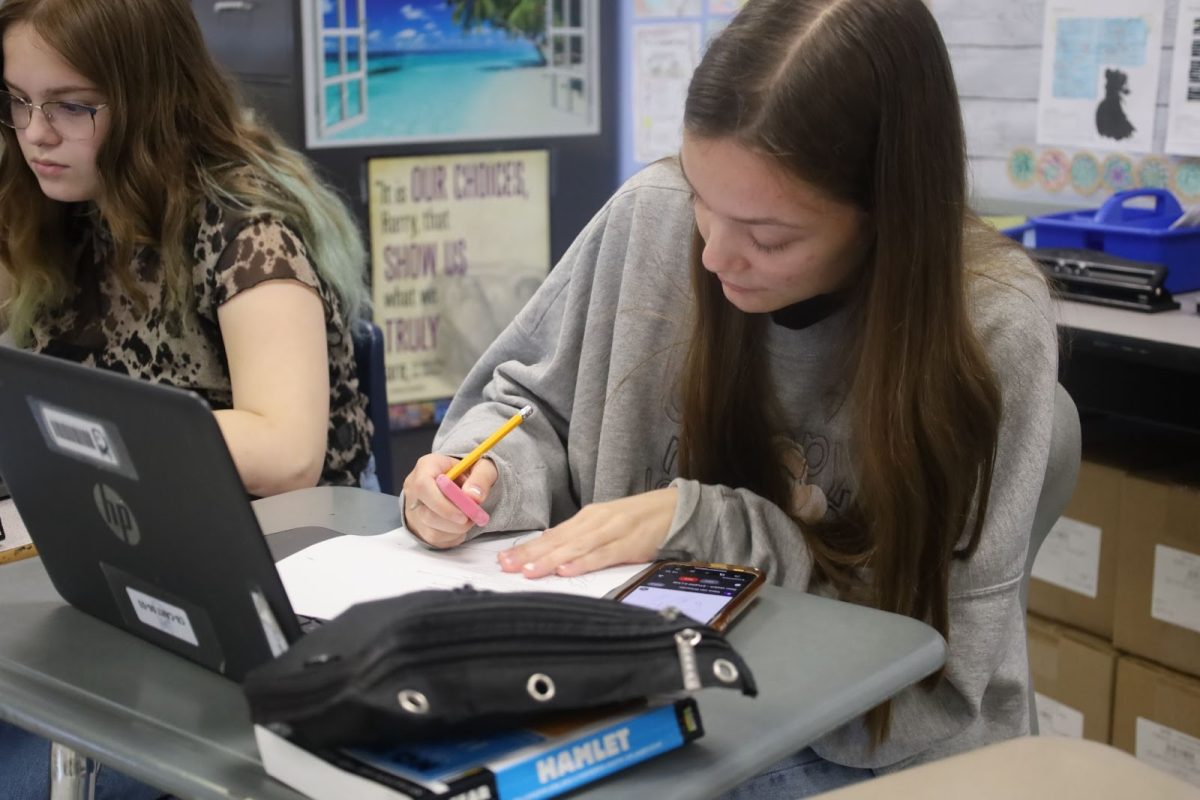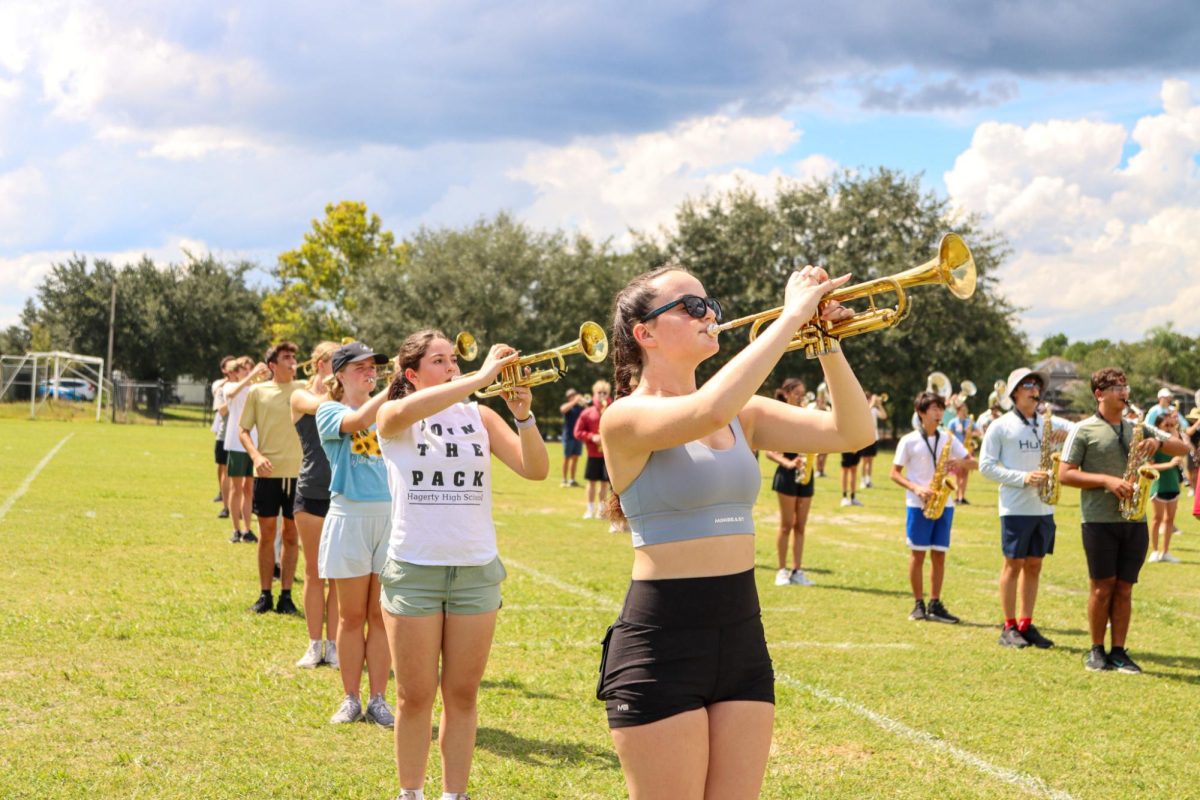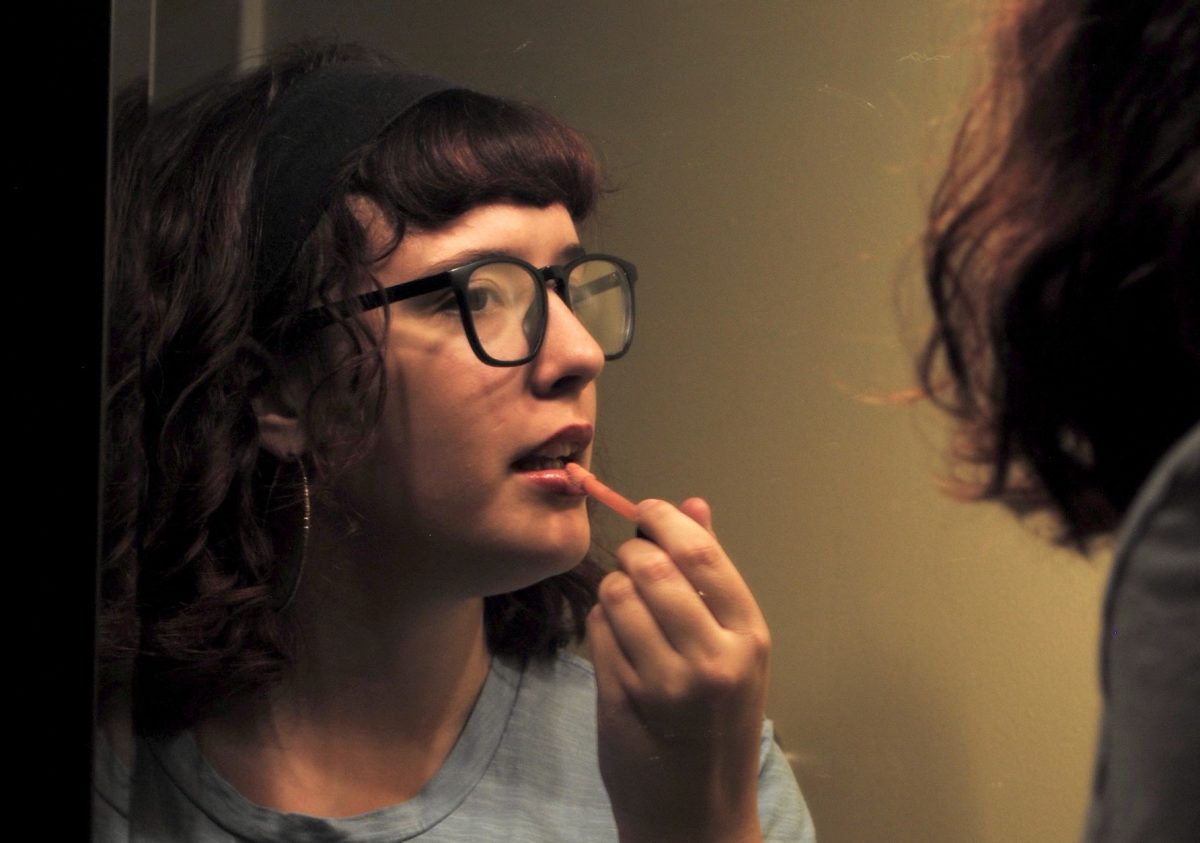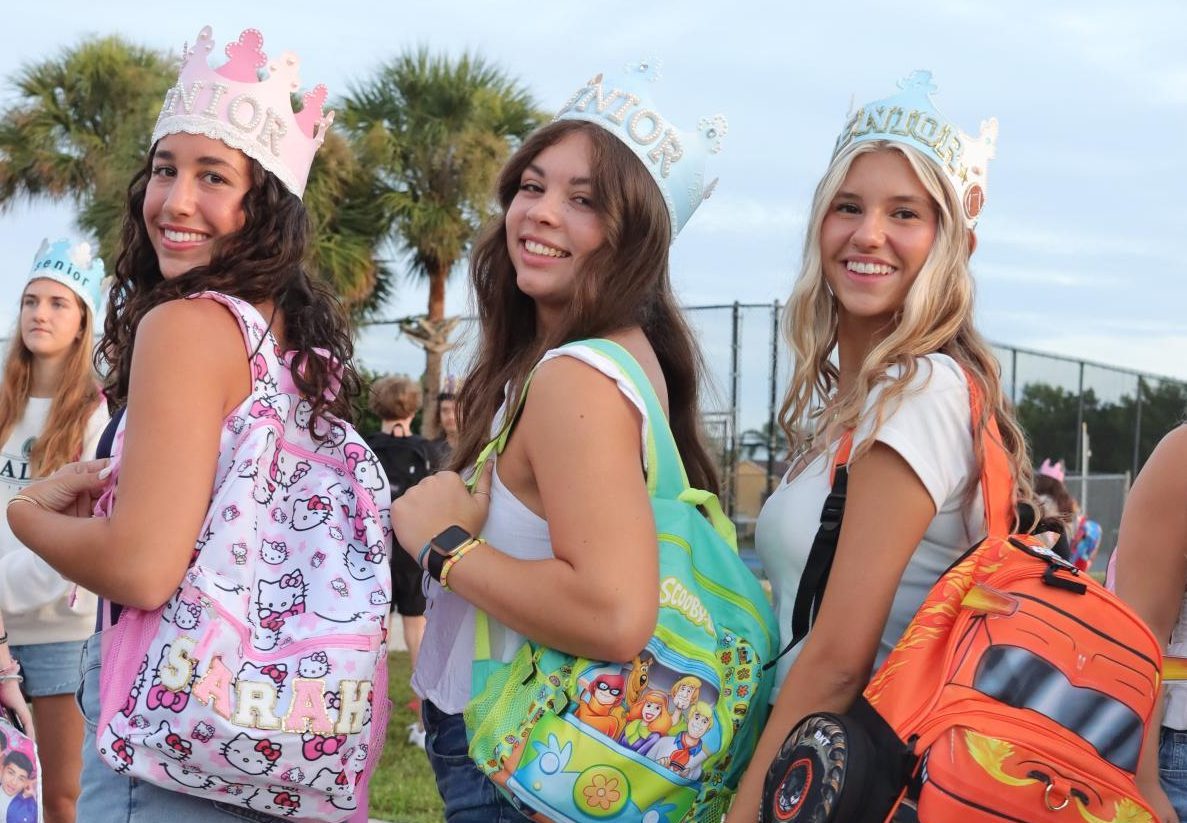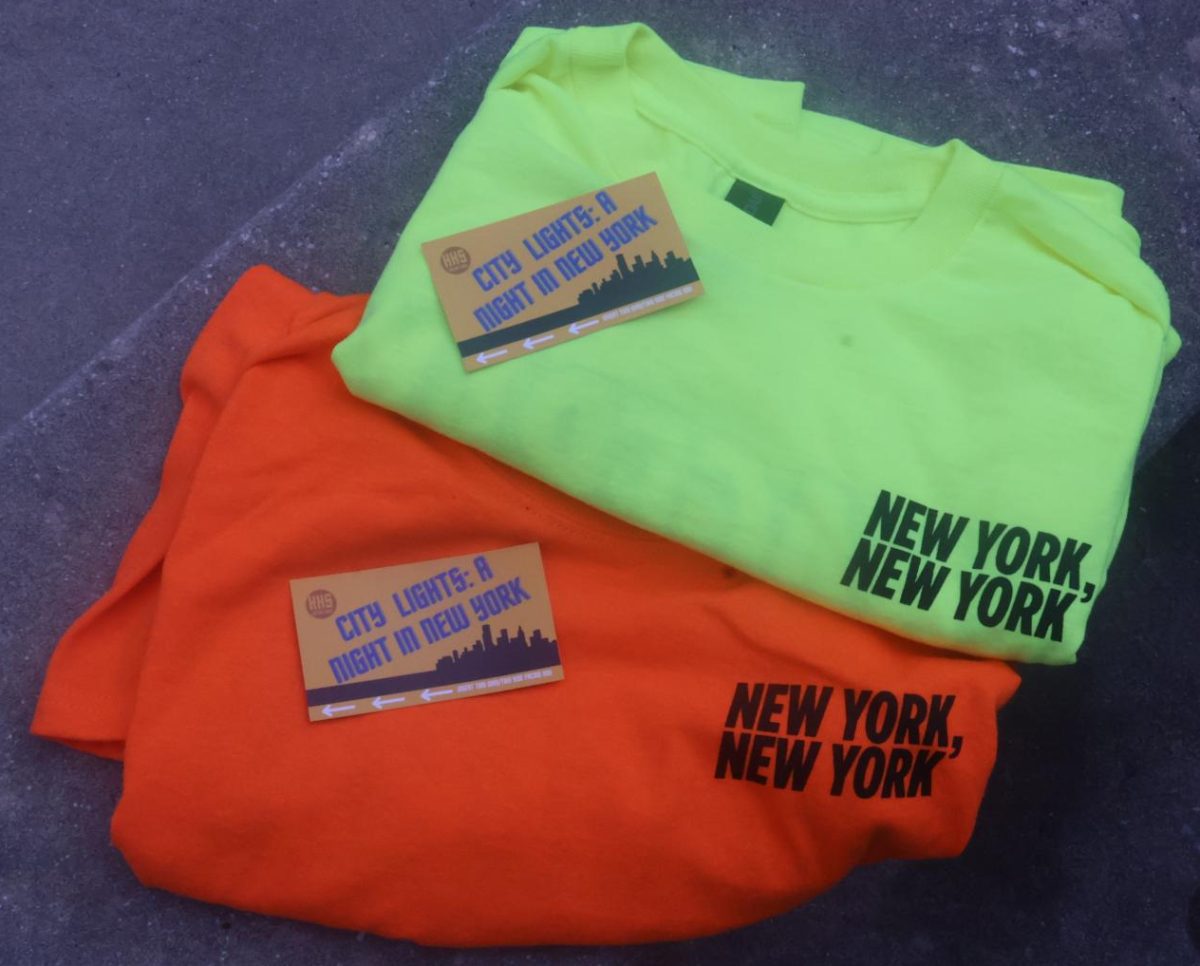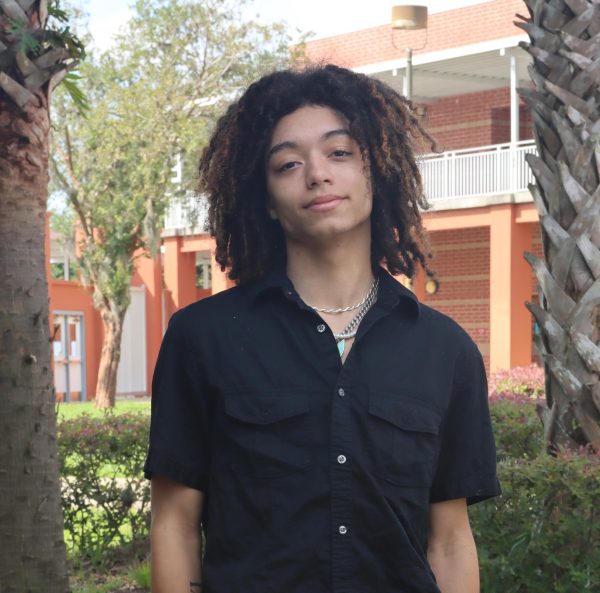Black culture is American culture. African-Americans have had a profound influence on everything from the way we dress, to the music we listen to, to the way we talk. From Muhammad Ali to Kendrick Lamar, black people’s art and culture have been idolized in the mainstream even as black communities faced oppression and marginalization. If black culture is American culture, then black history is American History.
Oviedo’s black history
To go through Oviedo’s entire history, even just its black history, would require a full length novel, but it is important to highlight key events and figures in the city’s black community.
There are two prominent men with the last name Boston in Oviedo’s history, and while the two men are not related, they have both had a big impact on the city.
Butler Boston
In the late 1800s a wave of blacks began moving to Central Florida. They faced resistance from hate groups such as the Ku Klux Klan. In 1872 black laborers were hired to work for Henry Sanford in Sanford. Oftentimes the laborers were threatened and one recorded incident involved a man being badly beaten. This was the world Butler Boston was entering when he moved to Oviedo in 1885 at the age of 14. Boston arrived with his father, a former slave owner named Alexander Atkinson. Boston did not want to continue to use his plantation name given
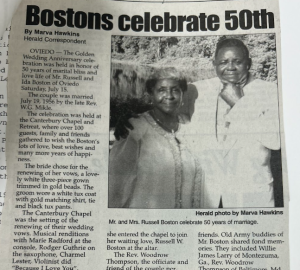
by his father so he went by the last name Boston.
Boston took on his father’s citrus farm and was able to bounce back from a hard freeze resulting in a boost to Oviedo’s economy. Boston now had the money and land to help make a difference. Blacks were not allowed to be buried in white cemeteries so they were usually buried at churches. Boston was a member of the historical Antioch Missionary Baptist Church, and he built classrooms for the church and donated several acres of land for burials as well as paid for the funeral expenses of residents. Residents now know this land as Boston Cemetery in Oviedo.
Harry “Big Newt” Boston Sr.
Originally from Valdosta, Georgia, Harry Boston Sr., also known as Big Newt, moved to Oviedo after serving as a medic in World War II. In the midst of the Jim Crow era, black children often lacked adequate funding for sports leagues and were prohibited from joining white leagues. As a result of this, Boston founded two baseball teams, the Blackhawks and the Lady Blackhawks. Boston served as both a coach and bus driver for the team, he also built a baseball diamond and bleachers. Several players would go on to play major league baseball such as Hal King who joined the negro league in 1962.
“Boston was known throughout his community and neighboring cities for his outstanding work with young people. He provided young men and women in the area with activities to keep them occupied and out of trouble,” his eulogy read.
Boston passed away in Winter Park Memorial Hospital on Oct. 3, 1994. That same year the city redesigned his ballpark and the new park was named after Boston to commemorate his community work. The park is now known as Boston Hill Park located at 777 Central Ave.
Henry Jackson
Jackson is the man for whom the Jackson Heights area and middle school are named. Jackson was born in Mitchell County, Georgia in 1883 and was the child of former slaves. An exact year is not known, but sometime in the early 1900s Jackson left Georgia to look for his 13 siblings who he had been separated from.
Before leaving Georgia, Jackson had lived with a white family and served as a caretaker for one of their disabled children. He never received a formal education, however, he was taught to read and write by the family he lived with. Upon arriving in Florida Butler Boston convinced Jackson to settle in Oviedo. Jackson would homestead (buy from the government) 40 acres of land which would become the predominantly black settlement known as Jackson Heights.
Jackson made massive agricultural contributions to the Oviedo area. He and his crew cleared out swampy and treacherous land in the Black Hammock area by hand and mule-drawn plows so that farmers could cultivate the land.
Colored schools
While black schools often struggled to receive proper funding and resources, it did not stop African Americans in Oviedo from educating the youth to the best of their abilities. Colored schools in the Oviedo area during Jim Crow include: Oviedo Colored Elementary, Jamestown Colored School, and Jackson Heights Colored Elementary which is now the site of Jackson Heights Middle School.
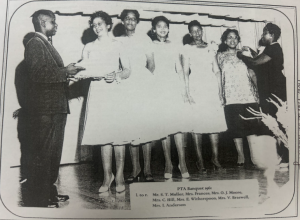
“As I take a backward glance over the past 11 school terms and relive some of the difficulties we encountered in our feeble efforts—, without the minimum of essentials needed at times, to plan and effectuate the type of educational progress that the day demanded of us—, I almost shudder in disgust,” Jackson heights Principal S.T. Muller said (1961).
Education is the foundation of a community which is why it’s so important to understand the history of our education system. For this reason, Judith Smith began a project to restore the Jamestown Colored School and turn it into a museum representing Oviedo’s segregated school system. The restoration is estimated to cost around $70,000 to $125,000.
“We felt that it would be appropriate to chronicle the history of the Oviedo area colored schools from 1890 until 1967. We asked former students to donate any photos or memorabilia,” Smith said in a letter addressing the project.
Black History Month at Hagerty
This year for black history month the Black Student Union organized several events and activities to help showcase black history, culture, and excellence. Music will be played in the cafeteria every Friday which will feature influential black artists. Black history trivia is played during Friday mornings where students can win prizes such as Jersey Mike’s and Dunkin’ Donuts gift cards. Decorations were also put up around the school.
“I feel it’s such a fun way to get people to participate, [in Black History Month] everybody can participate but it’s mostly black people, it’s a great way to find people like you,” BSU member Analie De Leon-Baria said.
Turnout for trivia has been somewhat low but assistant principal and BSU sponsor Reggie Miller is not discouraged and plans to advertise the events to a broader student base.
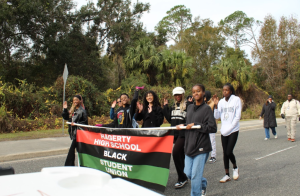
“We’ve had low turnout but what we can do to enhance that is to make multiple announcements via WOOF TV and Mr. Frasca’s morning announcements to make sure that it is more publicized so students will recognize what we have going on,” Miller said.
The finale of the month will be the Black History Month Showcase on Feb. 28. The event will highlight black students’ culture, history and achievements. There will be singing and acting performances as well as a fashion show The BSU collaborated with Oviedo High School’s BSU. Members of each group will attend the other schools’ banquet to show unity and support. While February is BSU’s time to shine, planning for the showcase begins months in advance. Preparations began in November, BSU members map out the details of each event, delegate responsibilities, and work out the logistics of the showcase.
The importance of the month goes beyond fun events and decorations. For black students, it is a time to feel empowered and feel at home. For students of all backgrounds, it can be an opportunity to learn more about black Americans’ impact on America and connect with peers.
“I just want to show more diversity in the school and make others like us feel comfortable, because it can be hard to fit into a school like this [only 5.6% black],” BSU president Misa Gibbs said. “I want everyone, not just black people to feel welcome.”
Discrimination in our community
One of the goals of Black History Month is to promote acceptance and equality, despite this discrimination is still common. Racism is real and it affects real people, it exists everywhere, even in Oviedo. Some people do not like diversity and will go out of their way to make people who do not look like them uncomfortable. Recently, the Oviedo Colored Schools Museum was vandalized with words reading F*** YOU N*****. The museum is a project started by black Oviedo resident Judith Smith to educate others on the history of school segregation in Oviedo. The vandalism occurred just one day before Martin Luther King Jr. Day. The museum is located on state road 426 and was originally known as the Jamestown Colored School which was open from 1931-1950.
“It is very disheartening to know that we have people like that in our community, but it is also not surprising that we do,” Miller said. “It comes from the fear of people [from different backgrounds]. When people do those types of things it is because of lack of understanding and lack of cultural experience, it is an ignorant phase of their life.”
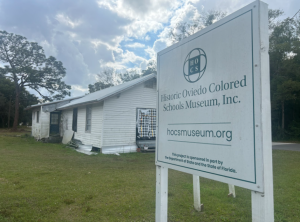
Combating racism is not always easy, but it can be, something as simple as speaking out against an action that’s wrong can help to push our community forward.
“I think it is important to speak up,” Gibbs said. “That’s the thing about BSU, if there’s a problem we approach it respectfully and we will all work together to handle it. It’s important to not hide and keep quiet.”
The number one combatant against hate is unity. This can be seen all throughout history, hatred from the hateful causes unity among the compassionate. During the segregation era, the oppression of black people led to massive peaceful protests such as the March on Washington led by Martin Luther King Jr.
“What I saw the day after [the vandalism] was people from different faiths and different walks of life who came together to let the people who did those unspeakable things know that you won’t stop this train, you won’t stop unity, you won’t stop the process,” Miller said. “The idea is that if they do try it again we’ll cover it up and we’ll come back with more love.”

